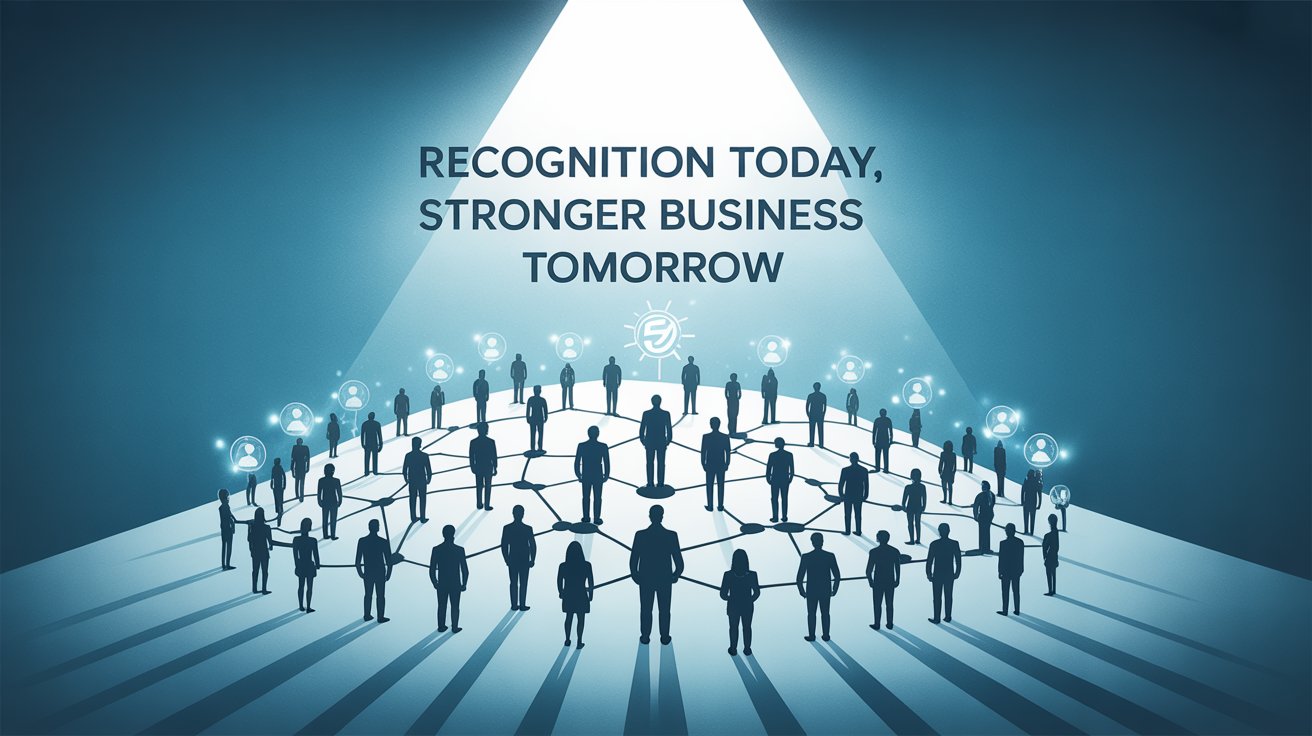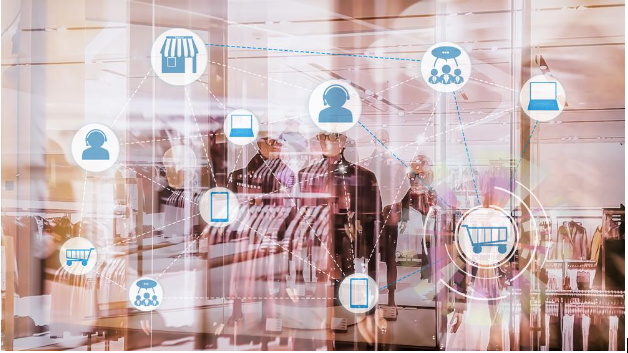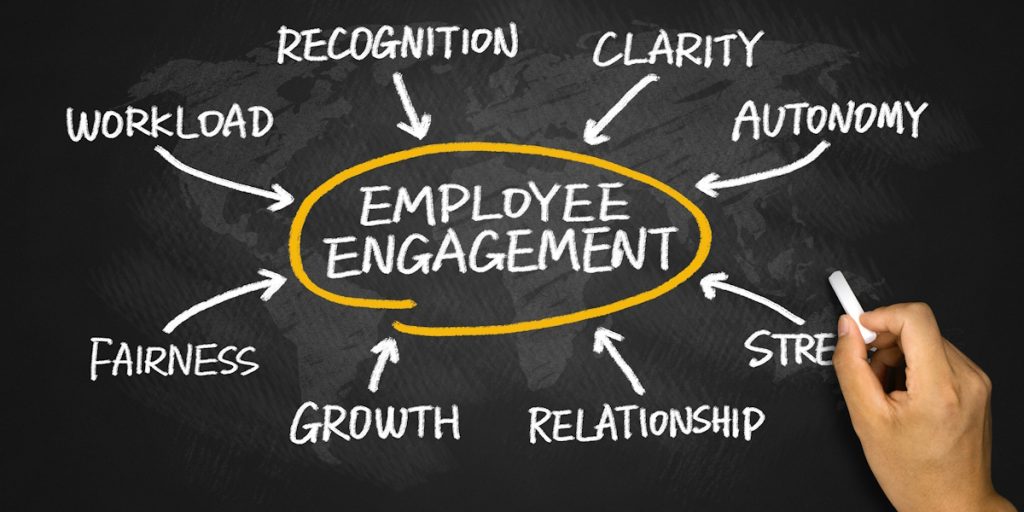People don’t come to work just for a paycheck. They want to feel valued, respected, and part of something bigger. Companies that understand this are the ones that thrive. Employee rewards and recognition are powerful tools that help employees feel appreciated and connected to their workplace.
But these programs aren’t only about making people feel good. They’re a smart business decision that affects performance, loyalty, and your bottom line. Let’s look at how employee rewards and recognition work as a strategic investment and why every business should make them a priority.
How Employee Rewards and Recognition Strengthen the Workplace?
Boosting Engagement and Morale
When employees are recognized, they feel seen. Even a few kind words from a manager can lift someone’s spirits. High employee morale leads to better focus, teamwork, and energy at work.
Recognition also helps employees connect their daily work to bigger company goals. People work harder when they know their efforts contribute to the company’s success. It’s one of the strongest employee engagement strategies businesses can use.
Reducing Turnover and Saving Costs
Losing good employees can be expensive. You spend time and money hiring and training new people. But when employees feel valued, they’re less likely to leave.
Businesses that invest in employee rewards and recognition often enjoy higher retention. Happy employees stay longer, saving the company money and keeping valuable skills in-house. The cost of employee turnover can be high, but recognition helps keep it under control.
Financial Benefits of Employee Rewards and Recognition
Delivering a Strong Return on Investment
Some leaders worry about the cost of recognition programs. But the truth is, even simple programs can bring big returns. The ROI of employee rewards is clear. Recognized employees tend to be more productive, provide better customer service, and help create a positive work environment.
Recognition doesn’t always mean big spending. Public praise in meetings, a thoughtful thank-you email, or a small gift card can go a long way. These gestures help employees feel valued without breaking the budget.
Increasing Productivity and Performance
People work harder when they know their efforts matter. A study from Gallup found that employees who receive regular recognition are more productive and engaged.
Recognition can motivate employees to reach higher goals and take pride in their work. It also sparks healthy competition, as people strive to do their best. That’s why workplace rewards programs are such a strong business strategy.
Building a Positive Company Culture
Creating a Sense of Belonging
Recognition shapes a company’s culture. When managers praise good work and celebrate wins, employees feel part of a team. They’re more likely to help coworkers, share ideas, and solve problems together.
A culture rich in employee rewards and recognition helps attract new talent. People want to work where they feel appreciated and respected. It’s a key piece of building a strong business investment in employees.
Supporting Mental Health and Well-being
Feeling ignored at work can cause stress and lower self-esteem. Recognition helps employees feel good about themselves and their contributions. This positive feeling supports mental health, which is important for both the individual and the business.
Simple praise can reduce anxiety, build confidence, and help employees handle challenges better. A workplace that values people’s well-being is more likely to keep talent and reduce sick days.
How to Build Effective Employee Rewards and Recognition Programs
Be Specific and Timely
Vague praise like “good job” doesn’t carry much weight. Managers should tell employees exactly what they did well and why it mattered. Timely recognition has more impact because the work is still fresh in the employee’s mind.
For example, instead of saying, “Thanks for your help,” a manager could say, “Thank you for handling that client issue so quickly—it helped keep the project on track.”
Mix Monetary and Non-Monetary Rewards
Money matters, but it’s not everything. Many employees value non-monetary rewards like public praise, extra time off, or professional development opportunities. A good program combines both, keeping things interesting and fair.
Make Recognition Part of Everyday Life
Recognition shouldn’t be rare or limited to annual awards. It works best when it’s woven into daily work life. Encourage managers and coworkers to share praise often. A little acknowledgment each week keeps morale high and makes recognition feel authentic.
Measuring the Impact of Recognition Programs
Businesses should track how recognition affects key outcomes. Look at employee engagement scores, turnover rates, and productivity metrics. Surveys can help you learn how employees feel about the recognition they receive.
If your program isn’t working as well as you’d like, ask employees for feedback. They’ll tell you what kind of rewards or praise mean the most to them. Adjust your programs to match what your people value.
Conclusion
Employee rewards and recognition are more than nice gestures—they’re essential tools for business success. They keep employees motivated, help retain top talent, and create a culture where people feel valued and respected.
Companies that treat recognition as a strategic investment often see higher profits, happier teams, and stronger business results. By making employees feel appreciated, businesses set themselves up for long-term growth and success.
Is Your Company Truly Valuing Its People—Or Just Assuming They Feel Appreciated?




